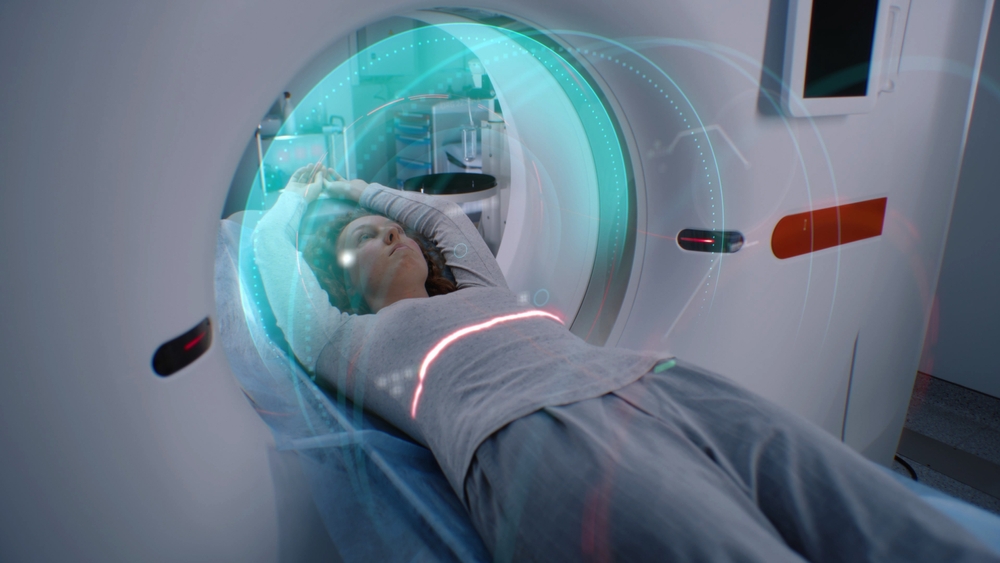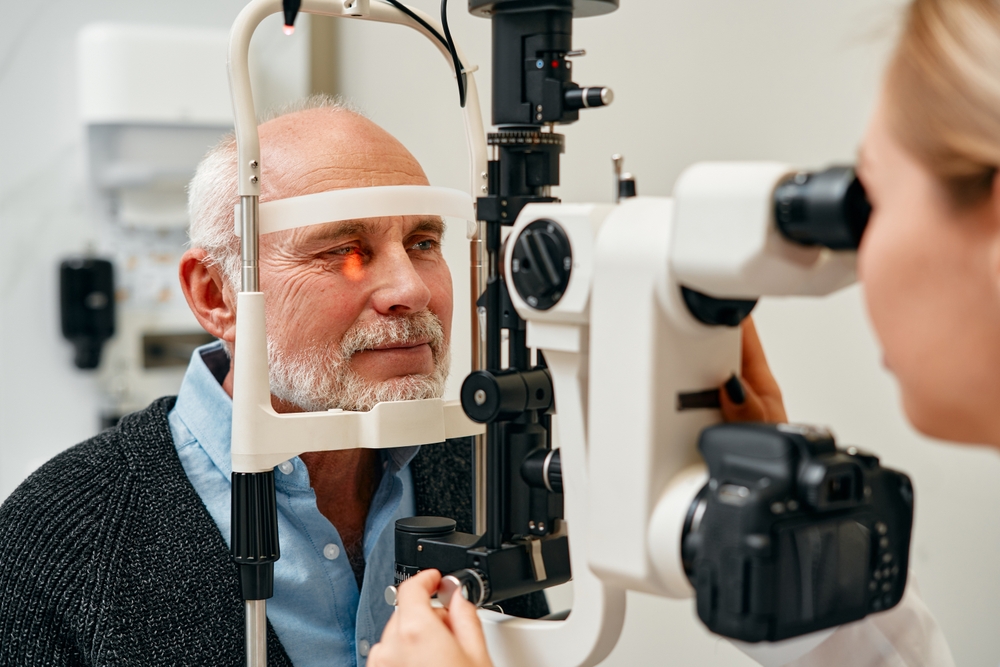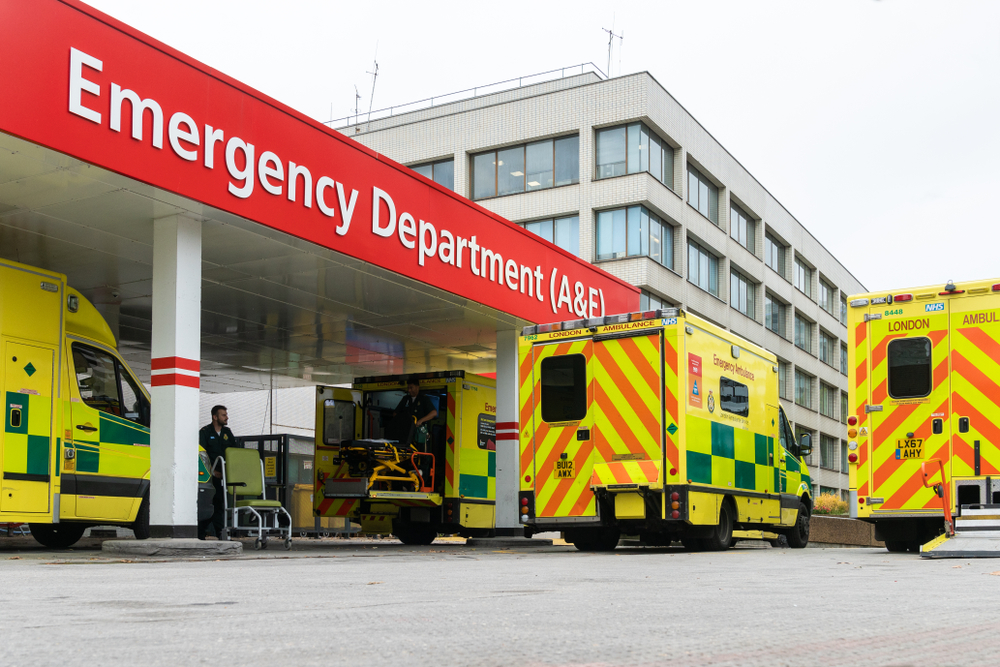AXREM publishes AI manifesto

Association for Healthcare Technology Providers for Imaging, Radiotherapy and Care calls for collaboration on clear and consistent AI innovation to reduce duplication and risk while maximising benefits.
AXREM, the Association for Healthcare Technology Providers for Imaging, Radiotherapy and Care, has called for policymakers, NHS leadership, and AI developers to collaborate on clear, consistent innovation pathways that support the responsible scaling of AI technology in healthcare. In its AI manifesto, AXREM calls on the NHS to avoiding duplication in compliance and validation and to take a balanced approach to risk stemming from the use of AI.
AXREM is the UK Trade association representing the interests of suppliers of diagnostic medical imaging, radiotherapy, healthcare IT and care equipment including patient monitoring in the UK. AXREM members supply the majority of diagnostic medical imaging and radiotherapy equipment installed in UK hospitals. Its member companies and their employees work alongside Radiologists, Radiographers and Practitioners, Oncologists and a wide range of healthcare professionals in delivering healthcare to patients using its technologies.
AXREM’s members have always driven innovation in imaging and oncology. Since 2020, the AI Special Focus Group have been champions of promoting the responsible adoption and upscaling of artificial intelligence and machine learning enabled diagnostics. The group comprises most of the AI providers in the radiology market who innovate by providing research and development to improve accuracy and workflow in the diagnostic portions of care pathways.
The challenges of healthcare delivery are well known, including workforce shortages, increasing demand for services and a real risk of staff burnout. In their 2023 census, the UK Royal College of Radiologists calculated that there are 30 per cent fewer radiologists than needed to meet demand, estimated to rise to 40 per cent by 2028. These are placing immense pressure on healthcare systems. Innovation is needed, not for its own sake, but to help address these challenges and to enable healthcare professionals to focus on higher-value caring tasks instead of wrangling large amounts of information.
The manifesto recognises the UK healthcare system is currently complex, with much duplication of effort. A more consistent approach to innovation for AI is needed if it is to be adopted at scale. The manifesto touches on Innovation: bridging the gap, Ensuring Trust and safety, Regulation and compliance Protecting information, Policy and data access challenges, Practical deployment – balancing risk and more.
Graham King, Solutions Architect at Annalise.ai, Convenor of the AXREM AI Special Focus Group, and one of the authors of the document, said upon its release: “We welcome many positive moves forward on AI in radiology and oncology from the NHS across the UK nations. Our manifesto addresses areas where our members are still experiencing duplicated effort and proposes solutions to help scale the much-needed adoption of AI assistance.”
AXREM Chairman, Huw Shurmer, said: “AI is a powerful tool that will undoubtedly support and address many of the pressures facing the health service. I am pleased to see our members taking on responsibility to set out a clear understanding on how this solution can expand in a safe, regulated and consistent way.”
Sally Edgington, AXREM Chief Executive Officer, said: “I am really pleased the AI SFG have worked collectively, so hard on this manifesto. The group have been very active since we launched it and this manifesto makes clear that we need to work with NHSE, DHSC, MHRA and many other organisations to collaborate and ensure safe adoption, but adoption at scale, as this really can help create efficiencies in the system, at a time when the NHS really needs them.”
You can read the manifesto in full here.









